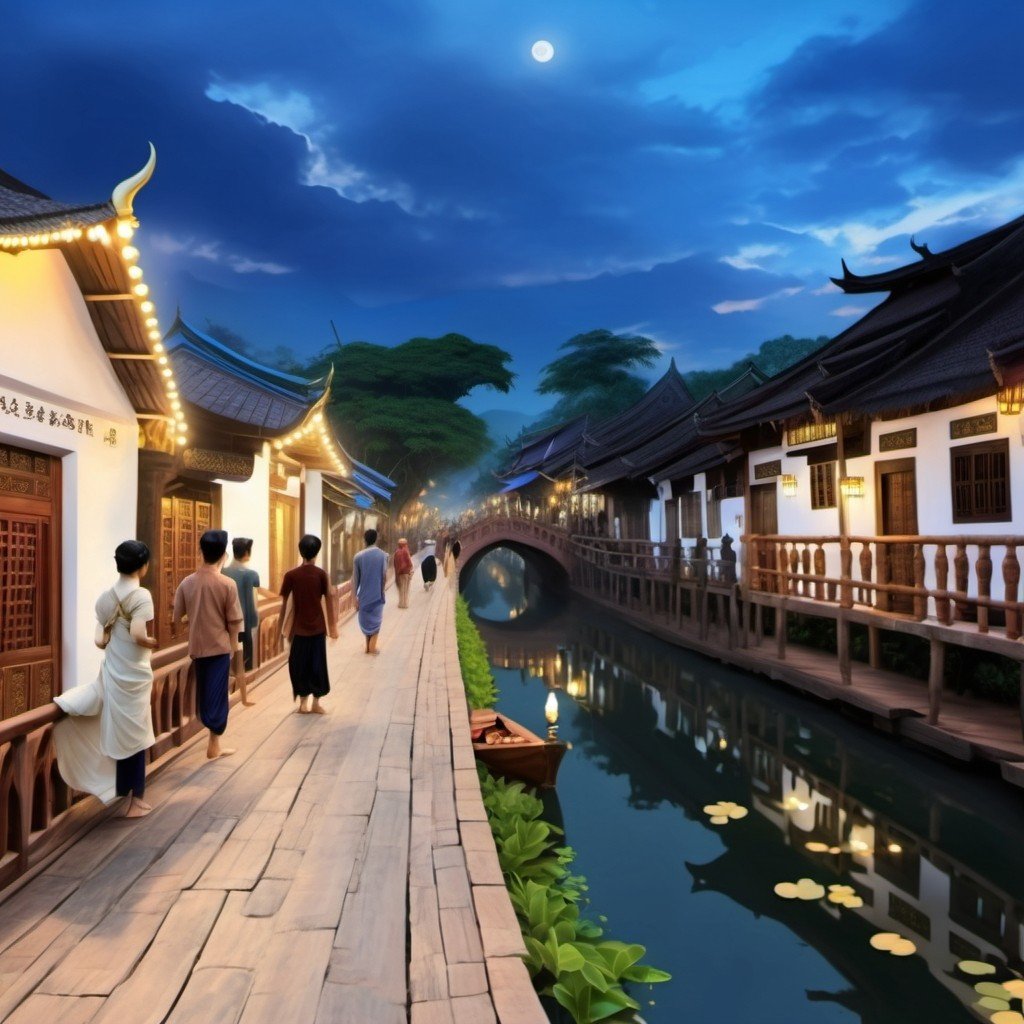Picture this: a long stretch of once neglected natural canal snaking through the heart of the Lanna capital of Chiang Mai, lovingly restored and now a tourist hotspot. Welcome to the Mae Kha Canal, a waterway flowing from Suthep National Park into the River Ping.
Located just outside the old city and a 10-minute walk to Chiang Mai’s night market, the canal is readily accessible from the city, yet it maintains an aura of serene seclusion. Explore its banks on foot, take selfies on the bridge, eat your heart out at one of the food vendors, or nose around the local handicraft shops that line the footpaths, and you’ll discover a world apart from the bustling city.
The canal served as a natural moat in the time of King Mengrai in the 13th century in Chiang Mai. The waterway provided irrigation and a vital source of fresh water. It also served as transportation for the ancient Lanna kingdom capital.
These days, graceful bridges, adorned with intricate decorations, have transformed the lives of the locals who have lived alongside their banks before rejuvenation.
Regeneration of Mae Kha Canal Chiang Mai
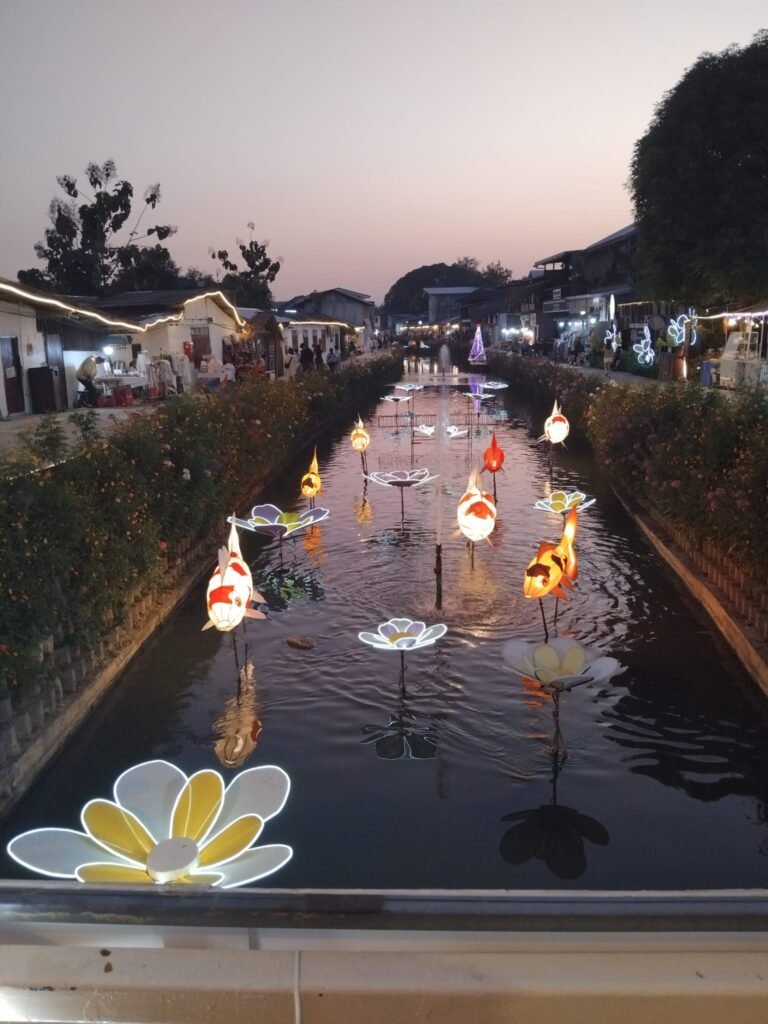
Once a victim of urban neglect, the Mae Kha Canal now shimmers with renewed life. Untreated wastewater, a consequence of rapid urbanisation, choked the canal, polluting its waters and threatening its delicate ecosystem. It suffered not only ecological damage but also a severe blow to its aesthetic appeal. Unsightly pollution and unpleasant odours marred the area.
On March 21, 2018, a distinguished gathering convened at the Lanna Polytechnic Chiang Mai Technological College to witness the launch of the Mae Kha Canal revitalisation project. The event marked a milestone, bringing together government agencies, private sector leaders, and academics in a collaborative effort.
Driven by a commitment to environmental stewardship, modern wastewater treatment facilities were implemented, curbing the flow of pollutants into the canal.
The result? A revitalised Mae Kha Canal.
It’s mainly the hilltribe community that now lives in a much cleaner and healthier environment. Many have turned their abodes alongside the banks into their own small business enterprises, now catering to fascinated tourists walking along its pathways each evening.
Features of The Mae Kha Canal Chiang Mai
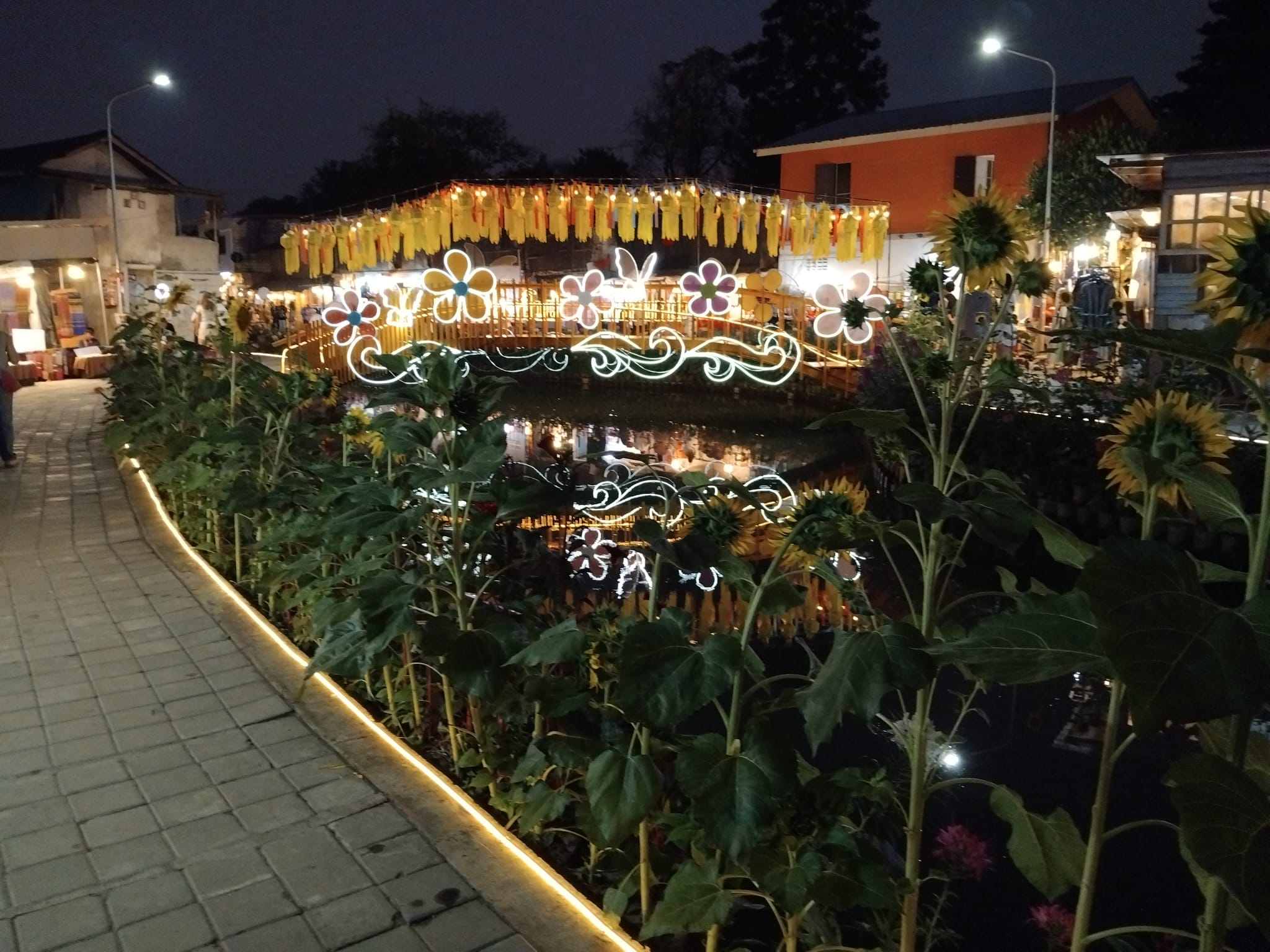
The canal has lush greenery, colourful flowers, and numerous bridges, creating a picturesque setting. Visitors can enjoy leisurely walks, soaking in the sights and sounds of the waterway.
As the sun dips below the horizon, the canal transforms, casting a spell of enchantment. Lanterns illuminate the water, creating a magical ambience that’s perfect for a romantic evening.
The revitalisation of the Mae Kha Canal has enhanced its aesthetic appeal and spurred economic growth in the area. Numerous small cafes and shops have sprung up along the canal banks, offering a variety of things to do should the hustle and bustle of the Sunday Walking Street not appeal.
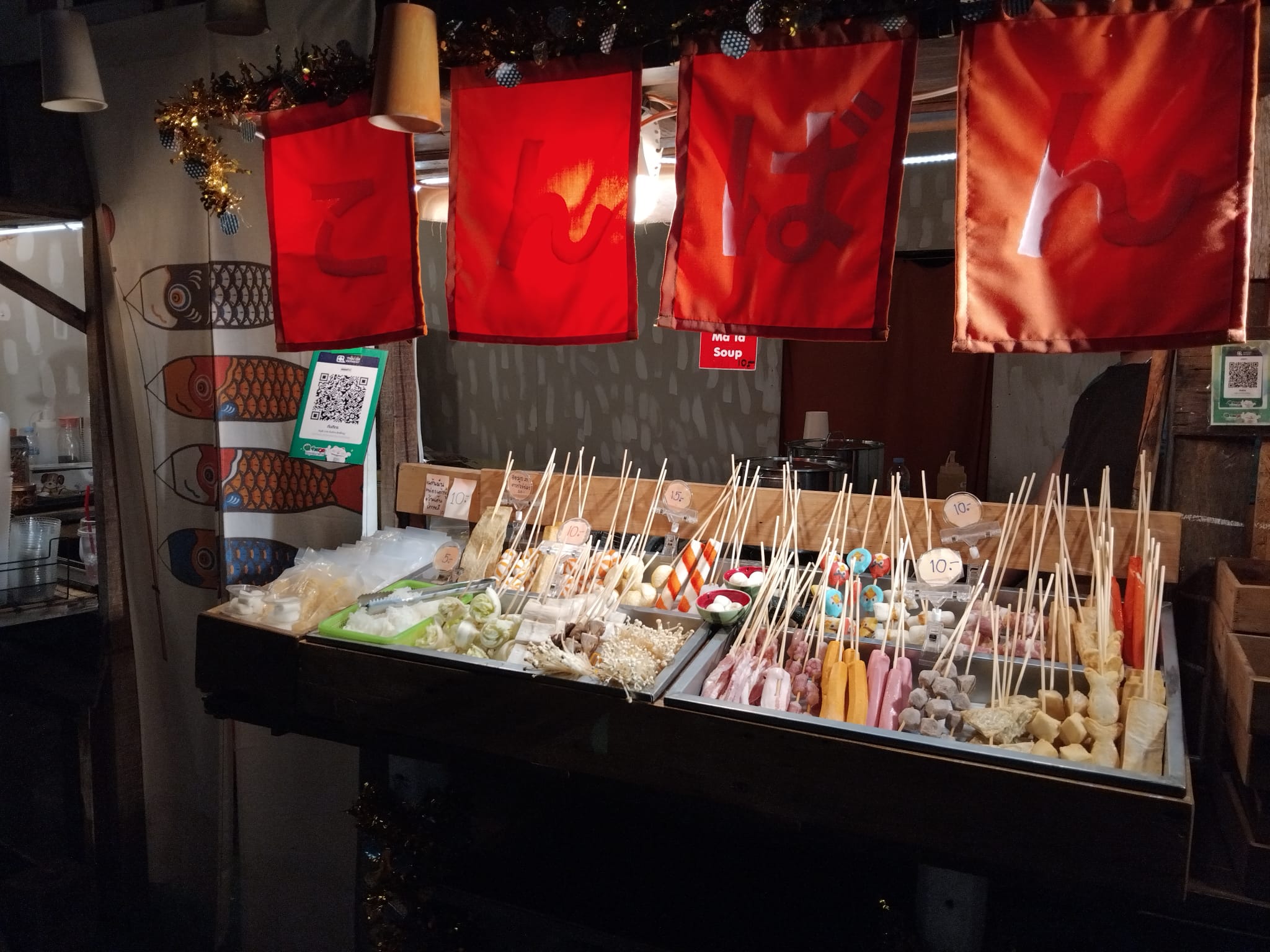
A Glimpse Into the Future: The Mae Kha Canal’s Evolving Legacy
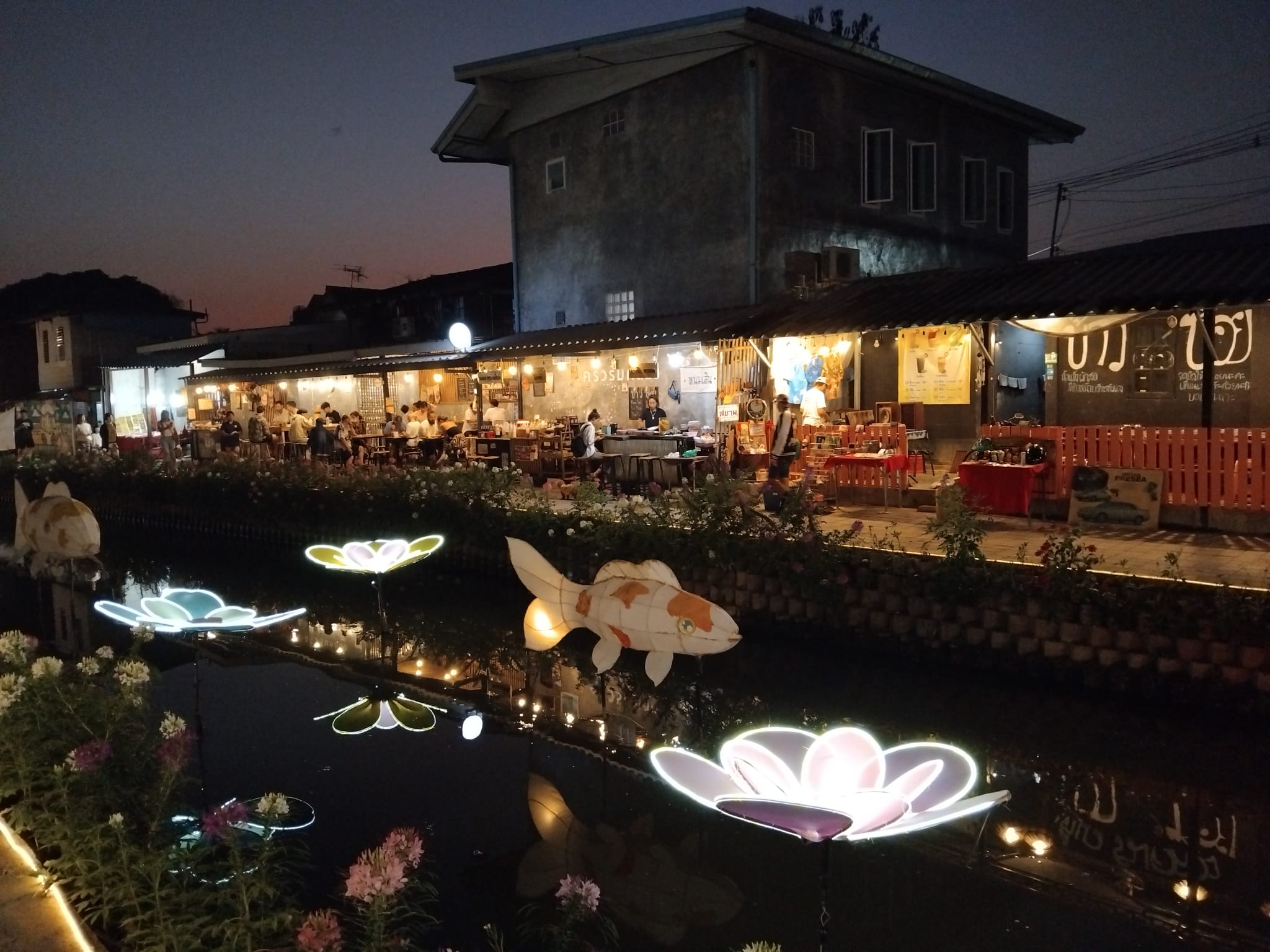
The revitalisation of the Mae Kha Canal marks a new chapter in Chiang Mai’s story. It marks the city’s commitment to preserving its heritage while embracing a sustainable future.
The success of the initial restoration efforts has ignited a wave of optimism for the canal’s continued evolution. Proposals for expanded walking and cycling paths are in play. Meanwhile, new developments are already taking place in different parts of the canal.
The city is dedicated to nurturing the canal’s ecological health, ensuring the waters remain clean. And that both its biodiversity and canal-side communities thrive.
A ripple effect of revitalisation is anticipated, with similar projects potentially transforming other waterways within the city. Imagine a network of rejuvenated canals, transforming Chiang Mai’s urban landscape and providing new and interesting offerings for both tourists and residents alike.
Mae Kha Canal FAQs
What is the Mae Kha Canal, and why is it significant?
The Mae Kha Canal (also known as Khlong Mae Kha) is an ancient waterway in the heart of Chiang Mai with a history dating back over 700 years to the Lanna Kingdom. Originally serving as a key drainage and transportation route, it has been revitalised and transformed from a polluted waterway into a vibrant tourist attraction. It is now a symbol of successful community-led urban renewal.
What has the Mae Kha Canal been transformed into?
The canal has been revitalised, and a 750-meter section has been transformed into a picturesque waterside village and linear park. The area has a distinctive, charming atmosphere, often compared to a Japanese town or Hoi An in Vietnam, with colourful buildings, arching bridges, and glowing lanterns. It’s now a popular spot for leisurely evening strolls and photography.
What can visitors do and see at the Mae Kha Canal at night?
At night, the Mae Kha Canal comes alive with a bustling night market atmosphere. The area is illuminated with beautiful lights and decorations, with numerous shops and stalls selling souvenirs, local crafts, and a wide variety of street food and drinks. Visitors can enjoy a leisurely walk, listen to live music, and sample Northern Thai snacks and other local delicacies.
What types of food and shops can be found at the Mae Kha Canal?
The market along the canal offers a diverse range of food, from local Northern Thai cuisine and snacks to international dishes. Many residents have converted their homes into small shops, cafes, and food stalls. You can find everything from grilled meats and noodle dishes to coffee, ice cream, and a variety of beverages. For shoppers, there are traditional handicrafts, clothing, and other local products.
What is the history of the revitalisation project?
For decades, the Mae Kha Canal had become a neglected and polluted area due to unregulated urbanisation. In recent years, a concerted revitalisation project was initiated by civic groups, Chiang Mai University, and local authorities to clean the waterway and restore the surrounding area. The project’s goals included improving water quality, enhancing the landscape, and creating economic opportunities for residents, ultimately bringing the canal back to life.

